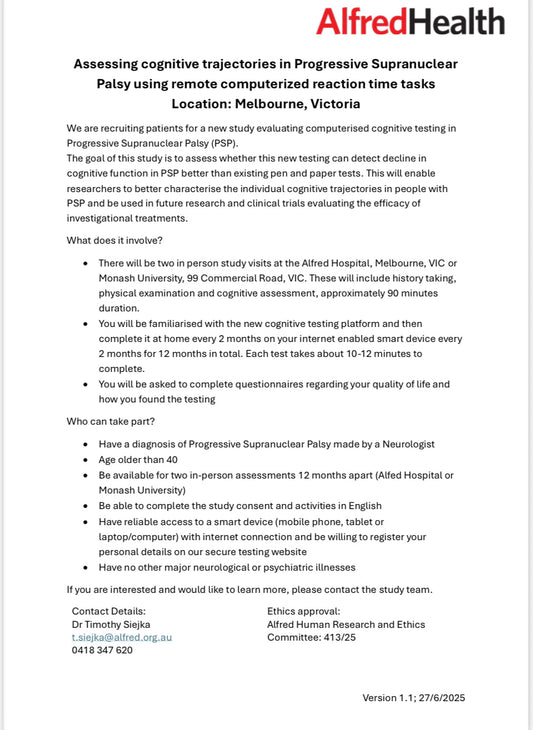Multiple System Atrophy (MSA) is a rare, progressive neurodegenerative disorder affecting several brain regions, resulting in symptoms related to movement, autonomic function, and sleep.
Here's how the progression of MSA can be understood:
Initial (Early) Stage:
- Symptoms include autonomic dysfunctions like orthostatic hypotension (dizziness or fainting when standing), constipation, urinary problems (incontinence or retention), and sexual dysfunction.
- Mild parkinsonian symptoms might start appearing, including rigidity and bradykinesia (slow movement).
- For cerebellar type (MSA-C), balance issues and uncoordinated movements might be evident.
- Daily activities are still manageable with some adaptations, but diagnosis can be tricky due to similarity with other conditions.
Intermediate Stage:
- Autonomic symptoms become more severe, with more frequent issues with blood pressure possibly needing treatment.
- Motor symptoms progress, with increased rigidity, slower movements, and possible tremors. Speech and swallowing difficulties emerge.
- Sleep disorders like REM sleep behavior disorder become noticeable or worsen.
- Mobility might require aids like canes or walkers. Daily life becomes more challenging, with a higher dependency on caregivers.
Advanced (Late) Stage:
- Autonomic failure is profound, with severe blood pressure fluctuations, temperature regulation issues, and significant urinary and bowel problems.
- Motor impairment is extreme; individuals might be wheelchair-bound or bedridden with a loss of voluntary movement.
- Speech is severely impaired, making it difficult or impossible to communicate without aids.
- Cognitive or psychiatric symptoms might develop.
- The focus shifts to comfort, palliative care, and end-of-life planning.
Note on Staging:
- MSA's progression isn't universally staged like some diseases, with variability among individuals.
- Life expectancy post-diagnosis averages 6 to 10 years, influenced by various factors including MSA subtype and overall health.
Conclusion:
- Recognizing these stages aids in planning care, setting realistic expectations, and managing the disease's effects.
- Early diagnosis and symptom management can improve quality of life.
- Research continues to aim for better symptom control and possibly slowing or stopping disease progression.
- Awareness and education about MSA are crucial for enhanced patient care and research advancement.


 Donate
Donate



